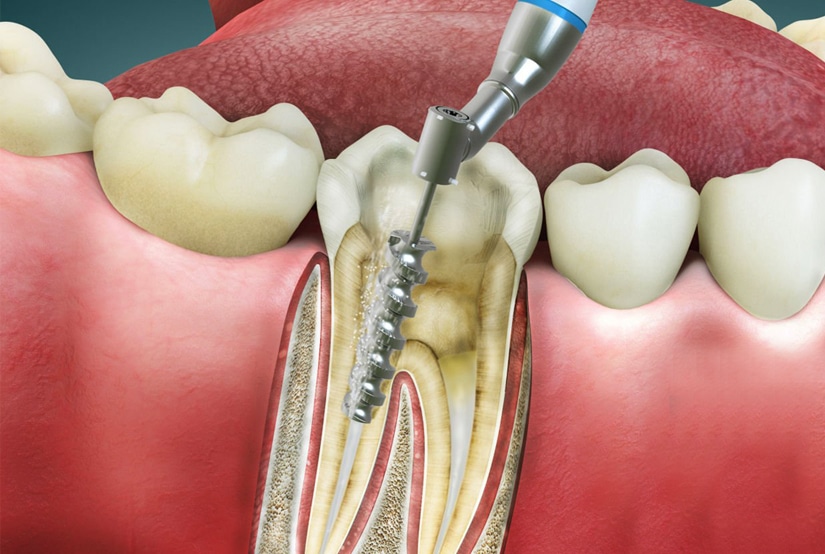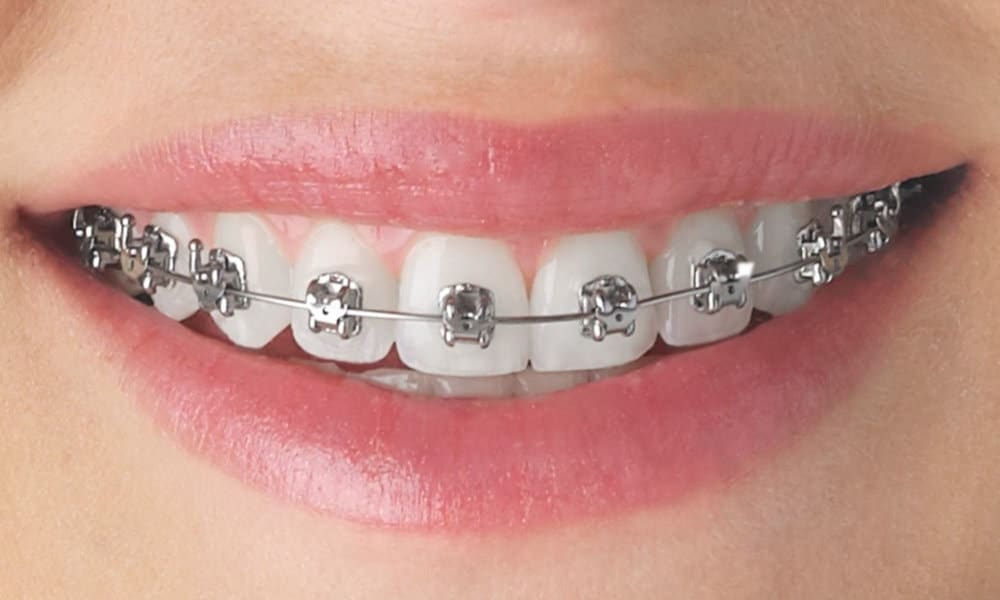Understanding the Different Types of Dental Procedures: From Fillings to Implants
Dental health is crucial for overall well-being, and dental procedures address different issues to maintain or restore oral health. From routine treatments to more complex surgeries, understanding these procedures can help you make informed decisions about your dental care. This guide explores the most common dental procedures, from simple fillings to advanced implants.
1. Dental Fillings
Purpose: Dental fillings are used to treat cavities and repair damaged teeth.
Procedure:
- Assessment: The dentist examines the tooth and may take X-rays to determine the extent of the decay. Next, Removal of Decay: The dentist then removes the decayed portion of the tooth using a dental drill. Afterward, Filling Application: The dentist fills the cleaned cavity with a material such as composite resin, amalgam, gold, or porcelain. Finally, Shaping and Polishing: The dentist shapes the filling to fit the tooth and polishes it to ensure a smooth finish.
Materials Used:
- Composite Resins: Tooth-colored and aesthetically pleasing.
- Amalgam: Durable and cost-effective, but silver in color.
- Gold and Porcelain: Durable and long-lasting, but more expensive.
2. Dental Crowns
Purpose: Crowns restore the shape, size, strength, and appearance of a tooth.
Procedure:
- Tooth Preparation: The dentist files down the tooth to make room for the crown. Next, Impression Taking: The dentist takes an impression of the tooth to create a custom-fit crown. Meanwhile, Temporary Crown: The dentist places a temporary crown while the permanent one is being made. Finally, Permanent Crown Placement: The dentist cements the permanent crown onto the prepared tooth.
Materials Used:
- Porcelain: Natural-looking and commonly used for front teeth.
- Metal Alloys: Durable and used for molars.
- Ceramic and Resin: Aesthetic and versatile options.
3. Root Canal Treatment
Purpose: Root canal treatment saves a tooth that is severely infected or decayed.
Procedure:
- Accessing the Pulp: The dentist drills into the tooth to access the infected pulp. Then, Removing the Infected Tissue: The dentist removes the infected pulp and cleans and shapes the root canals. Next, Filling the Canals: The dentist fills the cleaned canals with a rubber-like material called gutta-percha. Finally, Restoration: The dentist often places a crown on the tooth to restore its function and appearance.

4. Dental Bridges
Purpose: Dental Bridges are used to replace one or more missing teeth.
Procedure:
- Preparation of Abutment Teeth: Dentists often remove a portion of the enamel from the teeth on either side of the gap. Then, Taking Impressions: Dentists take impressions for the custom bridge. Meanwhile, a Temporary Bridge: A temporary bridge might be placed while the permanent one is being made. Finally, Permanent Bridge Placement: Dentists cement the permanent bridge into place
Types:
- Traditional Bridges: Made of porcelain fused to metal or ceramics.
- Cantilever Bridges: Used when there are adjacent teeth on only one side of the missing tooth.
5. Dental Implants
Purpose: Dental Implants provide a permanent solution for replacing missing teeth.
Procedure:
- Assessment and Planning: The dentist evaluates the bone structure and plans the implant placement. Next, Implant Placement: A titanium post is surgically inserted into the jawbone. Following that, Osseointegration: The implant integrates with the bone over several months. Subsequently, Abutment Placement: The dentist attaches an abutment to the implant post. Finally, Crown Placement: The dentist places a custom crown on the abutment.
Advantages:
- Durability: Implants can last a lifetime with proper care.
- Aesthetics: Implants look and feel like natural teeth.
- Functionality: Implants restore full chewing ability.
6. Orthodontic Treatments
Purpose: Orthodontic treatments correct misaligned teeth and jaws.
Types:
- Braces: Dentists attach metal or ceramic brackets to the teeth and connect them with wires to gradually move them into alignment. On the other hand, Clear Aligners: Custom-made, removable aligners that straighten teeth over time. Finally, Retainers are used after braces to maintain the new position of the teeth.

7. Teeth Whitening
Purpose: Teeth whitening enhances the appearance of teeth by removing stains and discoloration.
Methods:
- In-Office Whitening: A dentist applies a bleaching agent to the teeth and uses a special light to enhance the whitening process. Alternatively, At-Home Whitening Kits: The dentist provides custom-made trays and bleaching gel for home use.
Conclusion
Understanding the various dental procedures available can help you maintain optimal oral health and address any dental issues effectively. Whether you need a simple filling or a complex implant, modern dentistry offers solutions to meet your needs and improve your smile. Always consult your dentist to determine the best treatment plan for your situation.
If you are looking for a Dentist in Simi Valley, our clinic provides top-notch services. Contact Us Today Call (805) 526-1000